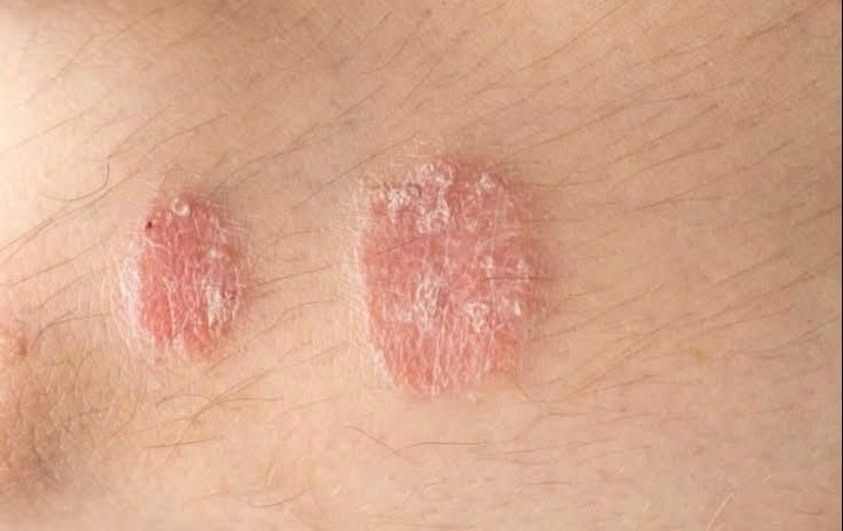If You Notice These Signs on Your Body, Consult a Doctor Immediately: Understanding Psoriasis
Psoriasis is a chronic autoimmune skin condition that affects millions of people worldwide. While not life-threatening, it can significantly impact a person’s quality of life, causing physical discomfort, emotional distress, and social challenges. Recognizing the early signs of psoriasis is crucial for timely diagnosis and effective management. If you notice any of the following symptoms on your body, it’s important to consult a doctor immediately. Early intervention can help minimize the severity of flare-ups and improve overall well-being.
What Is Psoriasis?
Psoriasis occurs when the immune system mistakenly accelerates the growth cycle of skin cells. Normally, skin cells take about a month to mature and shed. In people with psoriasis, this process happens in just a few days, leading to a buildup of thick, scaly patches on the skin. These patches, known as plaques, are often red, inflamed, and covered with silvery-white scales.
Psoriasis can appear anywhere on the body, but common areas include the scalp, elbows, knees, lower back, and nails. It is a chronic condition, meaning there is no cure, but treatments can help manage symptoms and reduce flare-ups.
Signs You Shouldn’t Ignore
Psoriasis manifests differently in each individual, but certain hallmark signs indicate the need for medical attention. Here are some key symptoms to watch for:
- Red, Raised Patches of Skin
One of the most recognizable signs of psoriasis is the appearance of red, inflamed patches on the skin. These patches may feel warm to the touch and can vary in size and shape. They often have a distinct border and are usually covered with silvery-white scales. - Itching, Burning, or Stinging Sensation
Psoriasis can cause intense itching, burning, or stinging sensations in affected areas. This discomfort can disrupt daily activities and sleep, making it essential to seek medical advice for relief. - Dry, Cracked Skin That Bleeds
The skin affected by psoriasis tends to be extremely dry and prone to cracking. In severe cases, these cracks can bleed, increasing the risk of infection. If you notice persistent bleeding or open sores, it’s important to see a doctor promptly. - Thickened, Pitted, or Ridged Nails
Nail changes are common in psoriasis and can include pitting (small dents), ridges, discoloration, or separation of the nail from the nail bed. These symptoms can sometimes resemble a fungal infection, so professional evaluation is necessary. - Joint Pain or Swelling
About 30% of people with psoriasis develop psoriatic arthritis, an inflammatory condition that causes joint pain, stiffness, and swelling. If you experience these symptoms alongside skin issues, it could indicate psoriatic arthritis, which requires specialized treatment. - Scalp Flakes and Redness
Psoriasis on the scalp can mimic dandruff, but it typically involves thicker scales and more pronounced redness. Unlike regular dandruff, psoriasis flakes are often accompanied by itching and irritation. - Sudden Onset or Worsening Symptoms
Psoriasis symptoms can come and go in cycles, but a sudden flare-up or worsening of existing symptoms should prompt a visit to the doctor. Stress, infections, medications, or environmental factors can trigger these flare-ups.
Why Early Diagnosis Matters
CONTINUE READING ON THE NEXT PAGE 🥰💕

